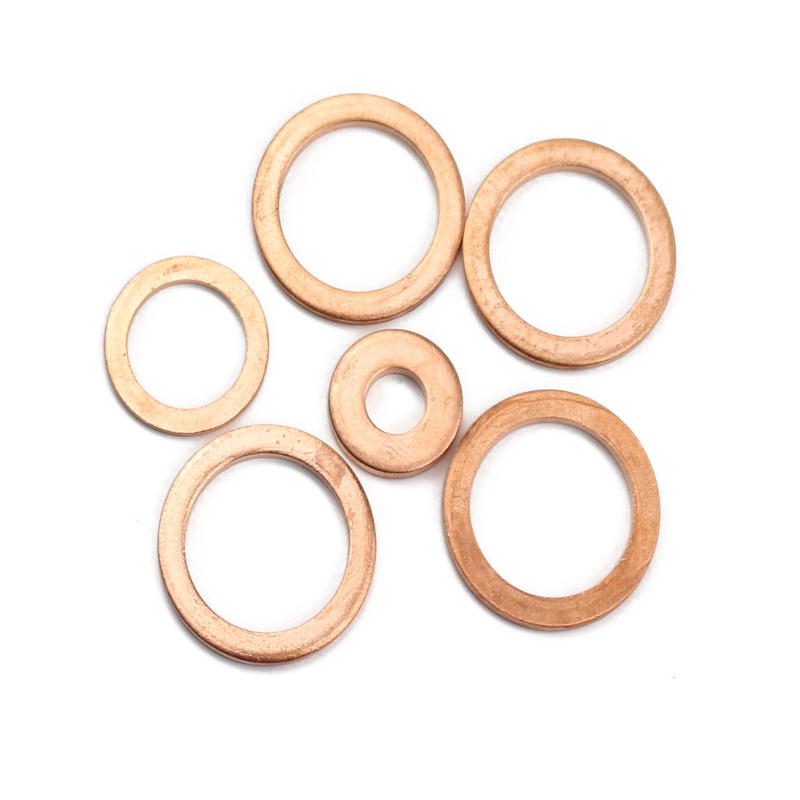transmission lip seal
Understanding Transmission Lip Seals Importance and Functionality
Transmission lip seals play a crucial role in ensuring the seamless operation of various types of vehicles and machinery. These seals are designed to retain lubricants within transmission systems while preventing contaminants from entering. Understanding their functionality and maintenance needs is essential for both automotive professionals and vehicle owners alike.
What are Transmission Lip Seals?
Transmission lip seals are specialized sealing components that incorporate a flexible lip made from materials like rubber or polymer. They are typically installed in the transmission casing, around shafts, or on the housing to create a barrier that protects crucial internal components. The primary purpose of these seals is to maintain proper fluid levels and prevent leaks, thereby ensuring the effective operation of the transmission system.
How Do They Work?
The performance of a transmission lip seal is largely dependent on its design and the materials used. When the seal is installed, the flexible lip exerts a light pressure against the shaft, creating a tight seal. This design helps accommodate slight misalignments and vibrations while maintaining a robust barrier against leakage.
The seal works by relying on a combination of hydrodynamic and mechanical sealing principles. As the shaft rotates, the lip of the seal conforms to its surface, providing a contact area that retains the fluid inside while blocking any external contaminants like dirt, dust, or moisture.
Importance of Transmission Lip Seals
Properly functioning transmission lip seals are vital for maintaining the longevity and efficiency of the transmission system. Here are some key reasons why they are important
transmission lip seal

1. Fluid Retention Transmission fluid plays a critical role in lubrication, cooling, and transferring power. A compromised seal can lead to fluid leaks, resulting in inadequate lubrication and potential overheating.
2. Contamination Prevention Dust, water, and other particles can severely damage transmission components. Lip seals act as a barrier, ensuring a clean environment within the transmission system.
3. Cost Efficiency By preventing leaks and contamination, transmission lip seals help avoid costly repairs or replacements that arise from extensive damage caused by low fluid levels or debris.
4. Performance Optimization Efficient sealing contributes to better transmission performance, smoother shifts, and improved overall drivability.
Maintenance and Replacement
To ensure the longevity of transmission lip seals, routine inspections are essential. Signs of failure might include fluid leaks, unusual noises, or erratic shifting in automatic transmissions. If any of these symptoms are present, it is advisable to check the condition of the lip seals.
During maintenance, it is critical to use high-quality replacement seals that match the specifications of the original equipment. Proper installation is equally vital, as improper fitting can lead to premature failure.
Conclusion
Transmission lip seals are fundamental components that significantly impact the reliability and efficiency of a vehicle's transmission system. Understanding their function and maintaining them properly can save vehicle owners from costly repairs and extend the life of their transmission. Whether you are a professional mechanic or a car enthusiast, recognizing the importance of these seemingly small but vital parts can lead to better vehicle performance and longevity.
-
Simplifying Oil Changes: A Comprehensive Guide to Oil Drain Plugs and Their Variants
News Aug.04,2025
-
Mastering Oil Drain Maintenance: Solutions for Stripped, Worn, and Upgraded Oil Plugs
News Aug.04,2025
-
Fixing Oil Pan Plug Issues: Leaks, Stripped Nuts, and the Right Replacement Solutions
News Aug.04,2025
-
Everything You Need to Know About Oil Drain Plugs: Sizes, Fixes, and Upgrades
News Aug.04,2025
-
Choosing the Right Oil Drain Plug: A Guide to Sizes, Materials, and Drain Innovations
News Aug.04,2025
-
A Complete Guide to Automotive Drain Plugs: Types, Problems, and Innovative Solutions
News Aug.04,2025
-
The Ultimate Guide to Car Repair Kits: Tools and Essentials Every Driver Should Own
News Aug.01,2025
Products categories















